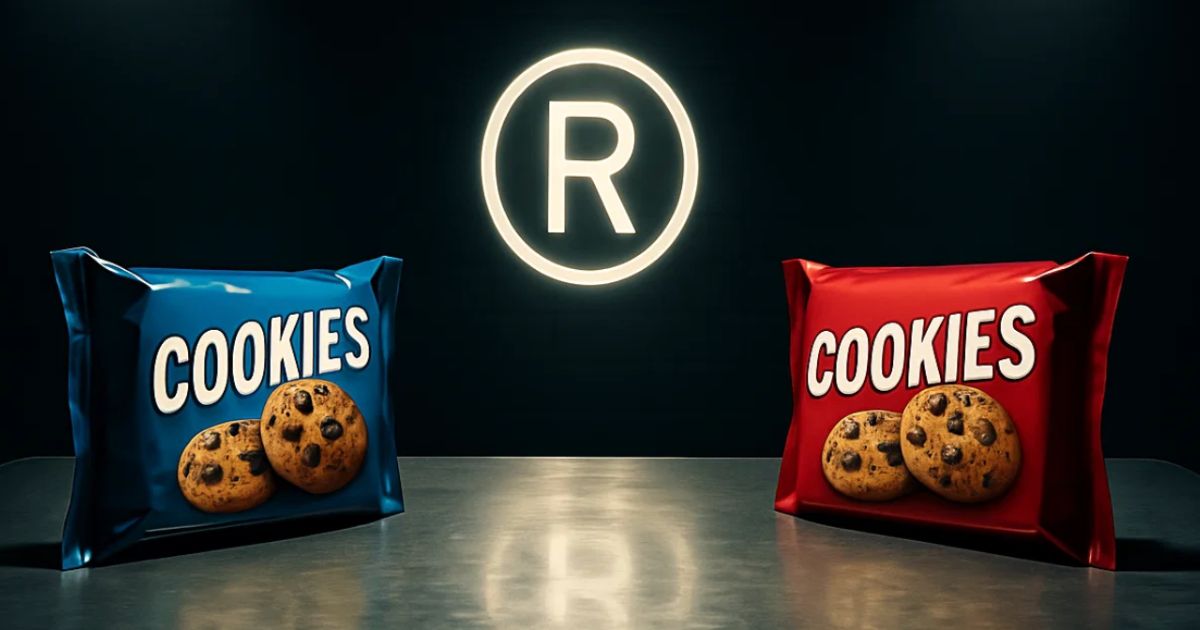Abstract
In March 2024, the Court of Brescia reaffirmed the limits of form protection and the importance of timing in precautionary measures, ruling on a dispute involving the shape and packaging of certain cookies. A confectionery company, holder of three-dimensional trademarks, brought legal action against a cookie manufacturer and distributor, accusing them of copying not only the appearance of its most iconic products but also the style of the packaging.
Though seemingly simple, the case provided an opportunity to reaffirm fundamental principles of industrial law and to clarify the substantive and procedural conditions for emergency protective relief.
Images are not enough: shape does not speak for itself
The argument behind the precautionary application was straightforward: the respondents’ cookies imitated the shape of the applicant’s. But, as often happens in industrial law, what seems visually obvious is not legally sufficient. The Court of Brescia reaffirmed a key principle: protection of shape marks—whether registered or de facto—requires a precise statement of distinctive features.
The applicant invoked Articles 20 and 121 of the Italian Industrial Property Code (IPC) but failed to specify what made the claimed shape unique, how it differed from standard shapes in the sector, and how recognizable it was to consumers. The submitted images alone were deemed insufficient to support the requested protection.
The court reminded that Article 122 of the Italian Civil Procedure Code requires that court documents be written in Italian, which implies that the shapes to be protected must be described, not merely shown. Allegations must allow the opposing party to understand the claim and its legal grounds, thus ensuring the principle of adversarial proceedings.
Additionally, with unregistered trademarks, settled case law requires proof of b (secondary meaning) through established use and market recognition, supported by consumer surveys or indicators of fame. Without these prerequisites, a shape mark cannot be protected.
When delay undermines urgency
In precautionary proceedings, timing is crucial. In the case examined by the Court of Brescia, the applicant had known about the alleged infringement since 2016, as shown by documents and shared participation in industry fairs. Yet, the precautionary action was filed only in 2024—eight years later. The judge interpreted this long delay as conscious inaction, incompatible with the urgency required for injunctive relief.
Article 131 of the IPC allows the holder of an industrial right to request injunctive relief only in cases of ongoing or imminent violation, but it does not set a strict deadline. Everything hinges on the concept of periculum in mora, understood as a concrete and current risk of irreparable harm. In this case, that risk was not demonstrated.
Even referring to a “recent escalation” in the sale of imitated products was insufficient. The Court pointed out that the applicant had been aware of the similarities since 2016, and the alleged threat had already manifested then. Waiting so long effectively meant accepting de facto coexistence, stripping the claim of any current urgency.
This is now a well-established principle: those who do not act promptly cannot invoke urgency unless they demonstrate an unforeseen and recent change. In this case, the cookies had been on the market for years, and the reasons to act were well known.
When shape becomes commonplace: vulgarization as erosion of distinctiveness
Protecting a shape as a three-dimensional trademark is a legitimate way to fight imitators. But the reality of the market is more fluid. A shape may start out distinctive, but over time, it can become generic, repeated, and imitated. This is known as vulgarization, regulated by Article 13(4) IPC, which states that a trademark lapses when it “has become the common designation in the trade for a type, kind, or quality of product”.
This concept proved decisive in the Brescia case. The applicant claimed ownership of several registered trademarks for cookies with well-known shapes—shortbread drops with chocolate chips, two-toned rings, surfaces decorated with stars or embossed patterns. However, the panel noted that nearly identical shapes had been present on shelves for years, used by numerous operators, including small producers. Consequently, the shape no longer uniquely evoked a specific business origin.
Under Article 7 IPC, a trademark must be distinctive to be valid. But distinctiveness can fade. Even a registered trademark is not immune to changes in public perception. Registration grants a presumption of validity, but not permanence. If a shape becomes common, it is no longer a distinctive sign but merely an ornamental feature.
The Court therefore concluded that the widespread presence of similar products had diluted the mark’s distinctiveness—an effect not offset by the brand’s notoriety or advertising investments. When the market adopts a shape to the point it becomes familiar, protection lapses, and what was once a trademark becomes decoration.
Between market saturation and competitive balance
In closing its assessment, the Court of Brescia fully rejected the applicant’s precautionary requests: no product seizures, no production bans, no market withdrawals, no publication of the order. The decision reflects a view of competition that accounts not only for abstract law but also for the actual market context in which trademarks are used.
Regarding unfair competition, the Court found no violation under Article 2598 of the Italian Civil Code in any of its forms, including the contested parasitic imitation. The applicant claimed the respondents’ packaging mimicked its own graphic and color elements. However, the panel found that the background color, image placement, and font style were widely used in the market. These were functional and non-distinctive design choices, insufficient to suggest an unlawful commercial association.
In a crowded and competitive market like that of industrial baked goods, the risk of confusion cannot be based on generic similarities. When word marks are visible and distinct, and design follows common conventions, proving confusion or parasitic behavior becomes more burdensome. Not every resemblance is unlawful; competition is legitimate as long as it does not infringe identity.
© Canella Camaiora S.t.A. S.r.l. - All rights reserved.
Publication date: 23 July 2025
Textual reproduction of the article is permitted, even for commercial purposes, within the limit of 15% of its entirety, provided that the source is clearly indicated. In the case of online reproduction, a link to the original article must be included. Unauthorised reproduction or paraphrasing without indication of source will be prosecuted.

Margherita Manca
Avvocato presso lo Studio Legale Canella Camaiora, iscritta all’Ordine degli Avvocati di Milano, si occupa di diritto industriale.
